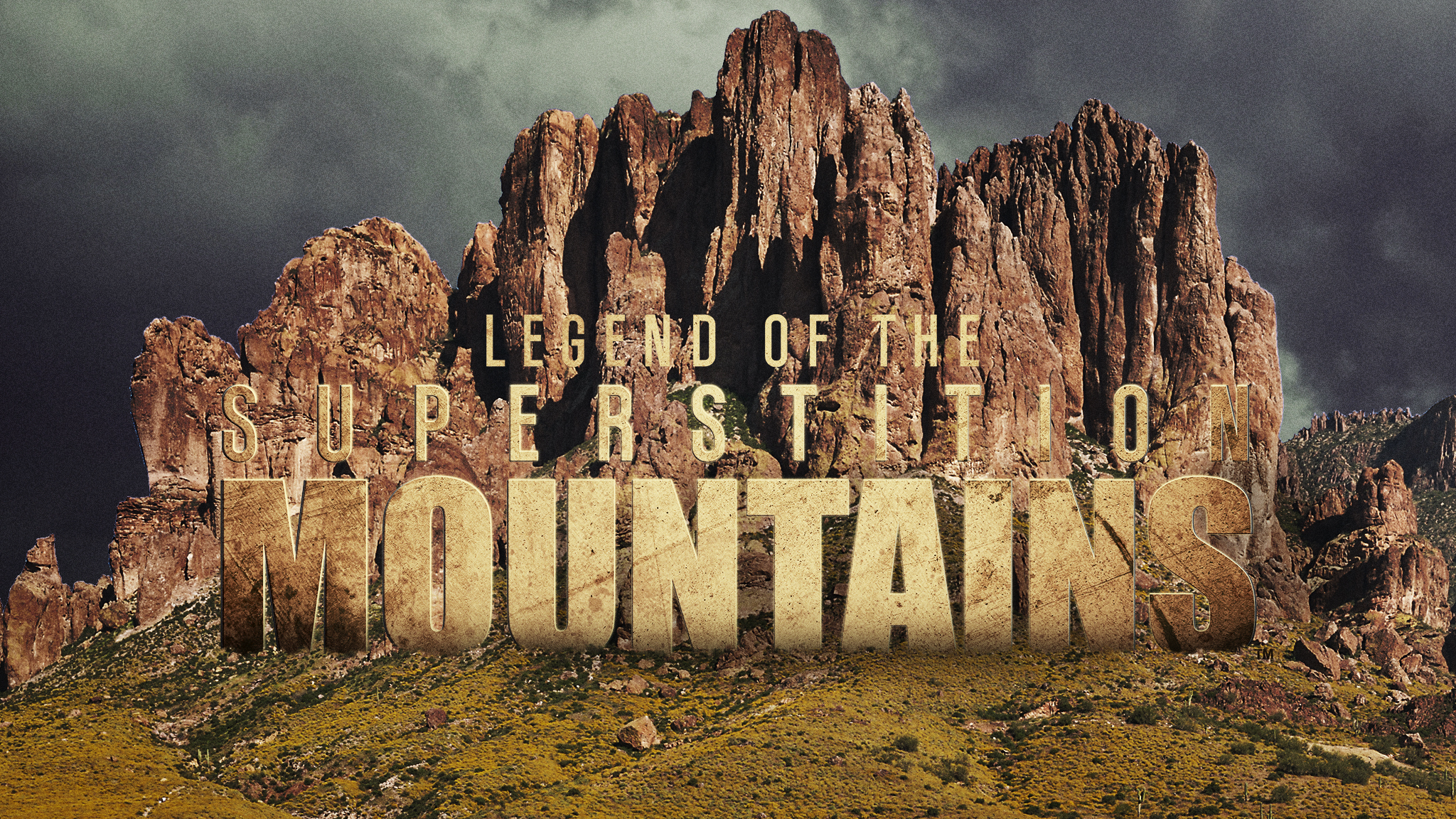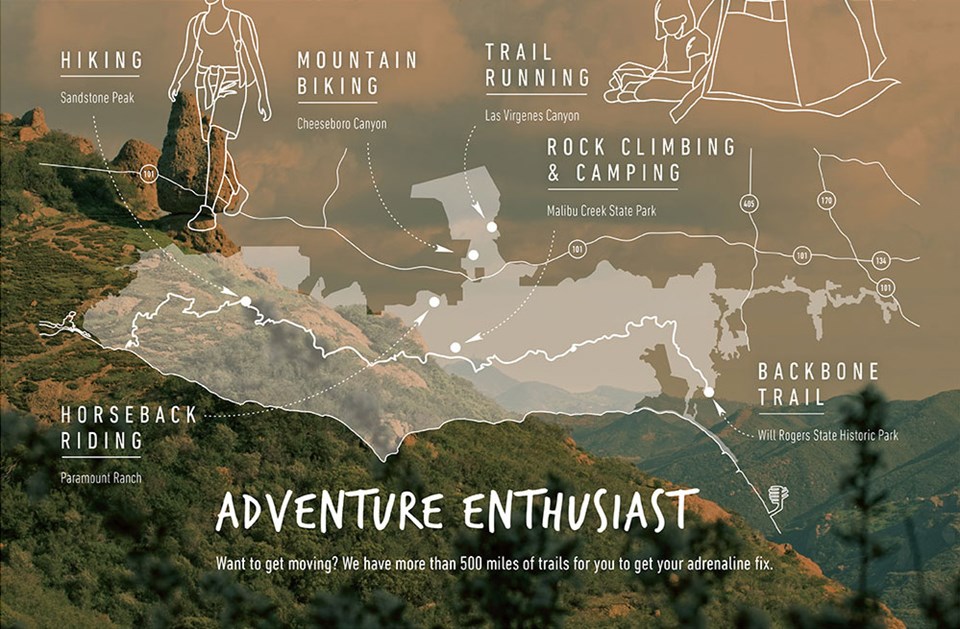Mountains, with their awe-inspiring landscapes, diverse cultures, and natural wonders, offer a captivating realm for exploration. This article delves into the geographical diversity of mountain ranges, showcasing their distinct formations and features. It highlights the historical and cultural significance of mountains, tracing their impact on human civilizations and traditions. The unique ecosystems of mountainous regions are explored, revealing the flora and fauna that thrive in these environments. Additionally, the article covers popular adventure and recreational activities in the mountains, providing insights into the excitement they offer. Conservation efforts and environmental challenges are discussed, emphasizing the importance of preserving these majestic landscapes. Finally, famous mountains and their intriguing stories are presented, enriching our understanding of t
solaviral.com will provide a detailed exploration of this topic.
1. The Geographical Diversity of Mountain Ranges
Mountain ranges across the globe display remarkable geographical diversity, each with its unique formations and characteristics. The majestic Himalayas, spanning five countries including Nepal and China, are home to the world’s highest peaks, such as Mount Everest. In contrast, the Andes in South America stretch along the western coast, boasting a different set of geological features and climates, from tropical rainforests to arid deserts.
North America’s Rocky Mountains showcase a variety of terrains, from rugged cliffs to expansive valleys, offering a stark contrast to the smooth, rounded peaks of the Appalachian Mountains in the eastern United States. Europe’s Alps, known for their dramatic, snow-capped summits, provide a different kind of grandeur compared to the volcanic origins of the Japanese Alps in Asia.
Africa’s Atlas Mountains present a blend of Mediterranean and desert environments, highlighting the continent’s unique topographical variations. Meanwhile, the Great Dividing Range in Australia runs parallel to the eastern coastline, characterized by both lush rainforests and arid plateaus. These diverse mountain ranges not only shape the physical landscape of our planet but also influence climate, biodiversity, and human settlement patterns, making them crucial to our understandin
2. Historical and Cultural Significance of Mountains
Mountains have long held significant historical and cultural roles in human societies, often serving as symbols of spiritual and physical endurance. In ancient mythology, mountains were considered sacred and seen as the dwelling places of gods. For instance, Mount Olympus in Greece was revered as the home of the Olympian gods, while Mount Sinai holds profound religious importance in Judaism, Christianity, and Islam as the site where Moses received the Ten Commandments.
Culturally, mountains have been central to numerous traditions and rituals. The Andes are integral to the spiritual practices of indigenous Andean cultures, where mountains are honored as “Apus,” protective deities. Similarly, Mount Fuji in Japan is a sacred symbol in Shinto beliefs and an inspiration for countless works of art and literature.
Throughout history, mountains have also been pivotal in shaping human settlements and trade routes. The Silk Road, which traversed the rugged terrain of Central Asia, facilitated cultural exchange and commerce between the East and West. Mountain passes have served as strategic military sites and pathways for explorers and settlers, influencing historical events and territorial expansions.
These towering landscapes continue to inspire awe and reverence, embedding themselves deeply into the cultural and historical fabric

3. Flora and Fauna: Unique Ecosystems of Mountainous Regions
Mountainous regions harbor unique ecosystems, characterized by their diverse flora and fauna, which have adapted to the varying altitudes and harsh conditions. The elevation gradients create distinct habitats, from lush valleys to alpine meadows and rocky summits, each supporting different species.
Flora in mountainous areas includes resilient plants such as conifers, alpine grasses, and hardy shrubs. The Himalayas, for example, are home to the blue poppy and rhododendron, while the Rocky Mountains feature extensive forests of pine, fir, and spruce. These plants not only survive but thrive in the thin air and cold temperatures, forming the backbone of mountain ecosystems.
Fauna in these regions is equally diverse and adapted. The Andes host unique species like the Andean condor and the vicuña, a relative of the llama. In the Alps, the ibex and marmot are common sights, while the Himalayas are the domain of the elusive snow leopard and red panda. These animals have evolved to navigate steep terrains and endure extreme weather, contributing to the rich biodiversity of mountain ecosystems.
These unique ecosystems are not only vital for biodiversity but also play crucial roles in regulating the planet’s climate and water cycles.

4. Adventure and Recreation: Popular Mountain Activities
Adventure and recreation in mountainous regions offer a plethora of exhilarating activities that attract enthusiasts worldwide. Mountaineering stands out as one of the most challenging pursuits, where climbers tackle steep ascents and unpredictable weather to conquer peaks like Everest or Denali. Rock climbing, both traditional and sport, allows climbers to scale vertical cliffs and granite faces, with famous spots like Yosemite’s El Capitan drawing climbers from across the globe.
For those seeking less vertical challenges, hiking and trekking provide opportunities to explore mountain trails and scenic vistas. The Appalachian Trail in the eastern United States and the Tour du Mont Blanc in the Alps are iconic routes that showcase diverse landscapes and cultural experiences.
Winter sports dominate in snowy peaks, with skiing and snowboarding offering adrenaline-fueled descents down powdery slopes in destinations like the Swiss Alps or the Rockies. Cross-country skiing and snowshoeing cater to those who prefer exploring quieter, less crowded trails.
Mountain biking thrives on rugged terrain, with trails in the Rockies and Andes providing thrilling rides through challenging landscapes. Additionally, paragliding and hang gliding offer aerial views of mountain ranges, combining adrenaline with breathtaking scenery. These activities not only highlight the physical prowess required in mountain environments but also celebrate the natural beauty and adventure they offer.

5. Conservation Efforts and Environmental Challenges
Conservation efforts in mountainous regions are crucial as these environments face significant environmental challenges. One of the primary concerns is climate change, which threatens mountain ecosystems with rising temperatures, altered precipitation patterns, and melting glaciers. These changes affect water availability downstream, impacting millions who rely on mountain rivers for drinking water and agriculture.
Human activities such as mining, logging, and tourism also pose threats to mountain biodiversity. Deforestation can lead to soil erosion and habitat loss, while unregulated tourism can disrupt fragile ecosystems and introduce invasive species.
To address these challenges, conservation initiatives focus on habitat protection, restoration projects, and sustainable tourism practices. National parks and protected areas safeguard biodiversity and provide opportunities for research and education. Local communities play a vital role in conservation efforts, with initiatives promoting sustainable agriculture and alternative livelihoods to reduce pressure on natural resources.
International collaboration is essential in tackling global environmental issues that affect mountain regions worldwide. Efforts to mitigate climate change, promote renewable energy sources, and implement responsible land-use practices are critical in preserving these majestic landscapes for future generations. By understanding and addressing these challenges, we can ensure that mountain ecosystems continue to thrive and provide essential services to both nature and humanity.
6. Famous Mountains and Their Stories
Famous mountains around the world are steeped in rich histories and captivating stories that capture the imagination. Mount Everest, the world’s tallest peak, has drawn adventurers and explorers since its first summit in 1953 by Sir Edmund Hillary and Tenzing Norgay. Its allure and challenging ascent continue to inspire climbers and mountaineers.
In South America, the Andes Mountains are not only the longest continental mountain range but also hold cultural significance for indigenous communities. Machu Picchu, nestled within the Andes, is a UNESCO World Heritage site and a testament to ancient Incan engineering and spirituality.
Japan’s Mount Fuji is a symbol of national pride and spiritual significance in Shinto beliefs, attracting pilgrims and artists alike. Its perfectly symmetrical cone and serene beauty have inspired countless works of art and literature.
Mount Kilimanjaro in Africa is renowned for its snow-capped peaks and unique position near the equator. It holds ecological diversity and is a popular destination for trekkers seeking to summit Africa’s highest point.
Each of these mountains tells a story of human endeavor, cultural significance, and natural wonder, enriching our understanding of the world’s diverse landscapes and histories.
Mountains stand as more than geographical features; they embody cultural heritage, biodiversity hotspots, and adventure playgrounds. From the towering peaks of the Himalayas to the sacred slopes of Mount Fuji, these landscapes fascinate and inspire. Yet, they face pressing challenges—from climate change to unsustainable tourism. Conservation efforts are crucial to preserving their beauty and ecological importance. By understanding and protecting mountains, we ensure future generations can continue to explore, learn from, and ch
solaviral.com
solaviral.com